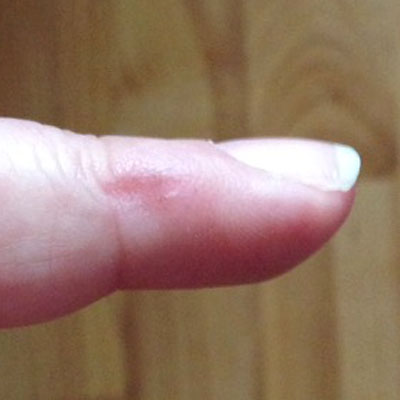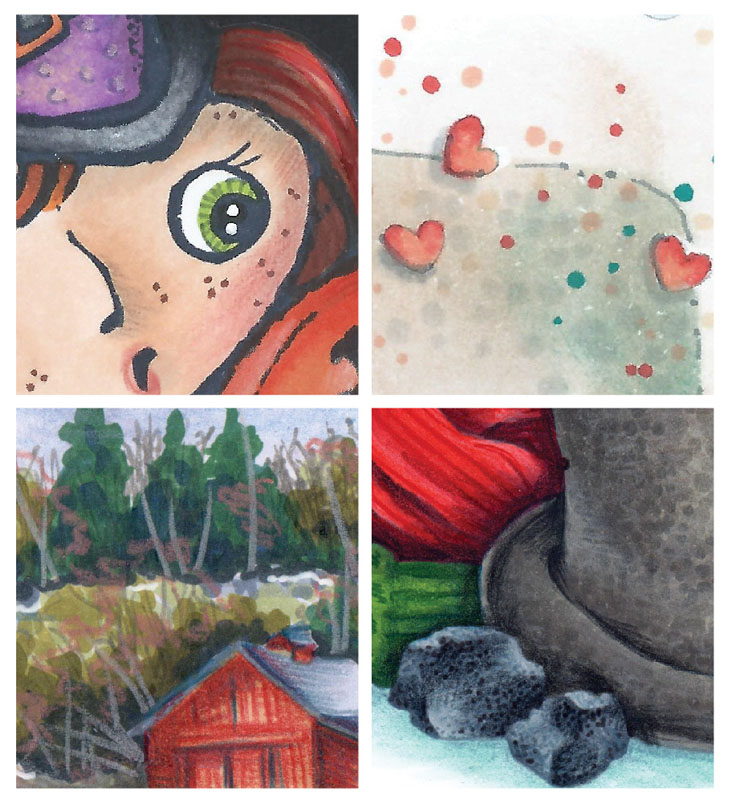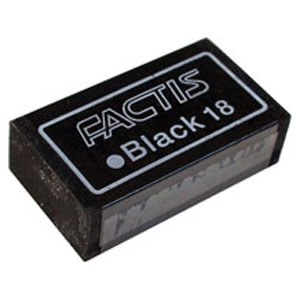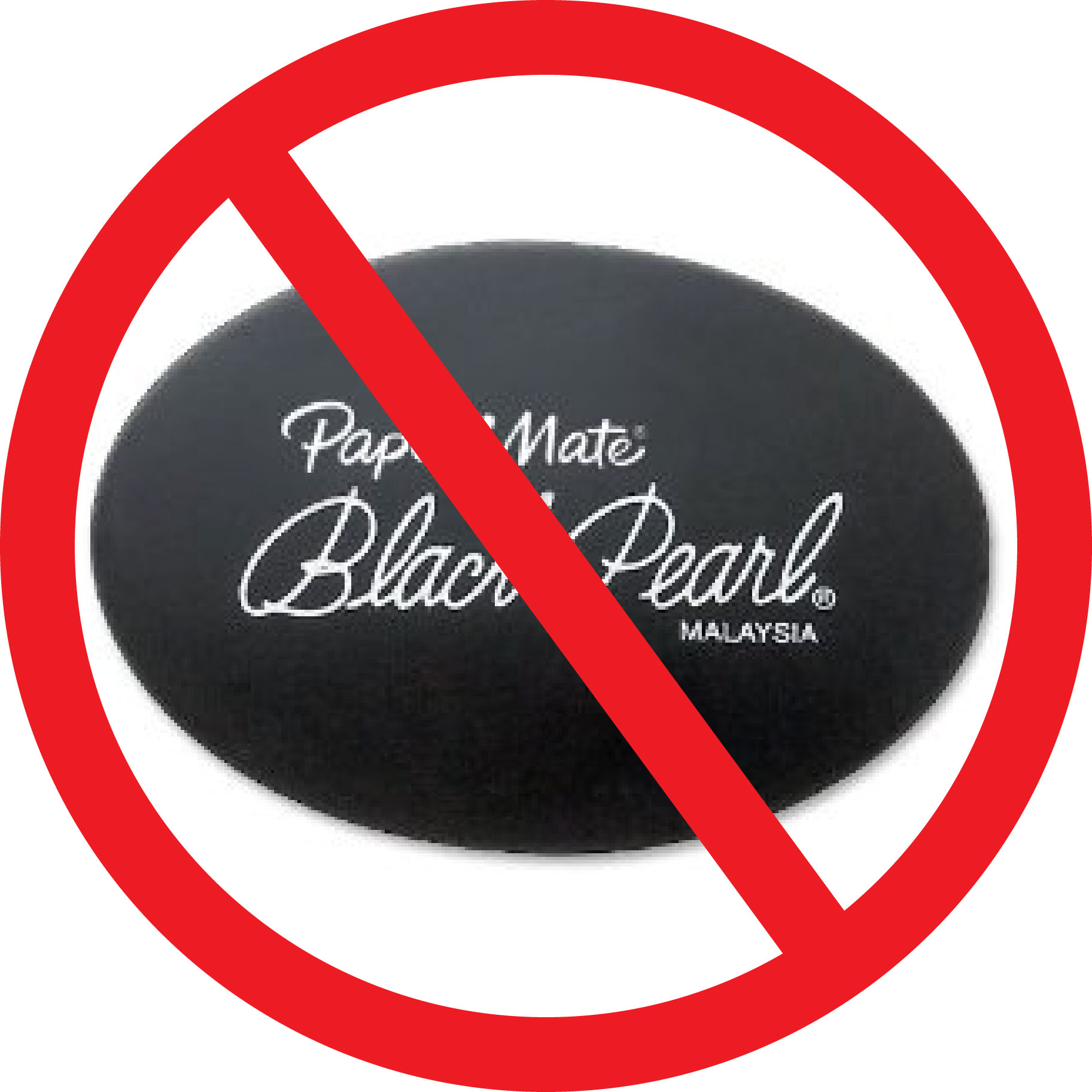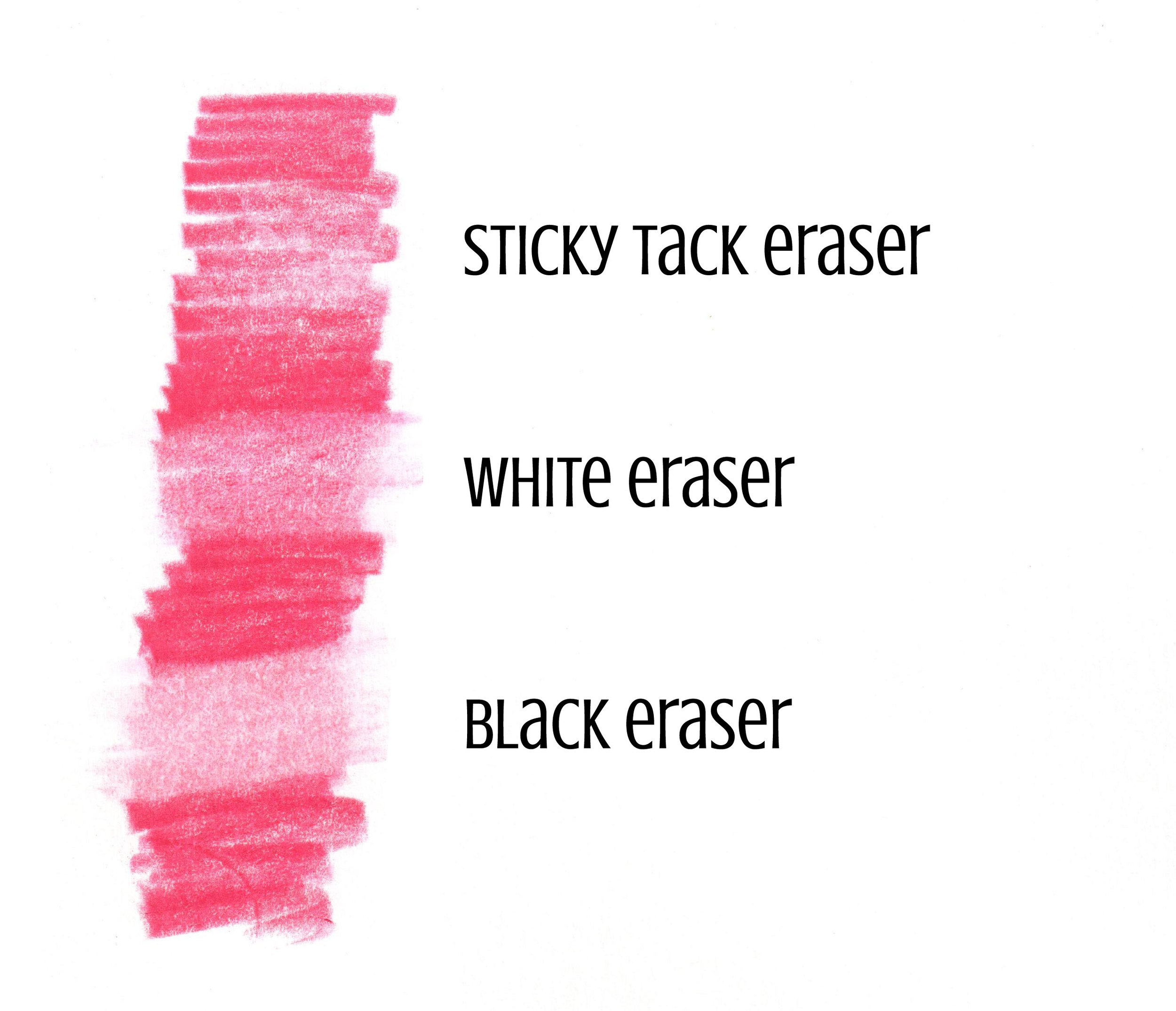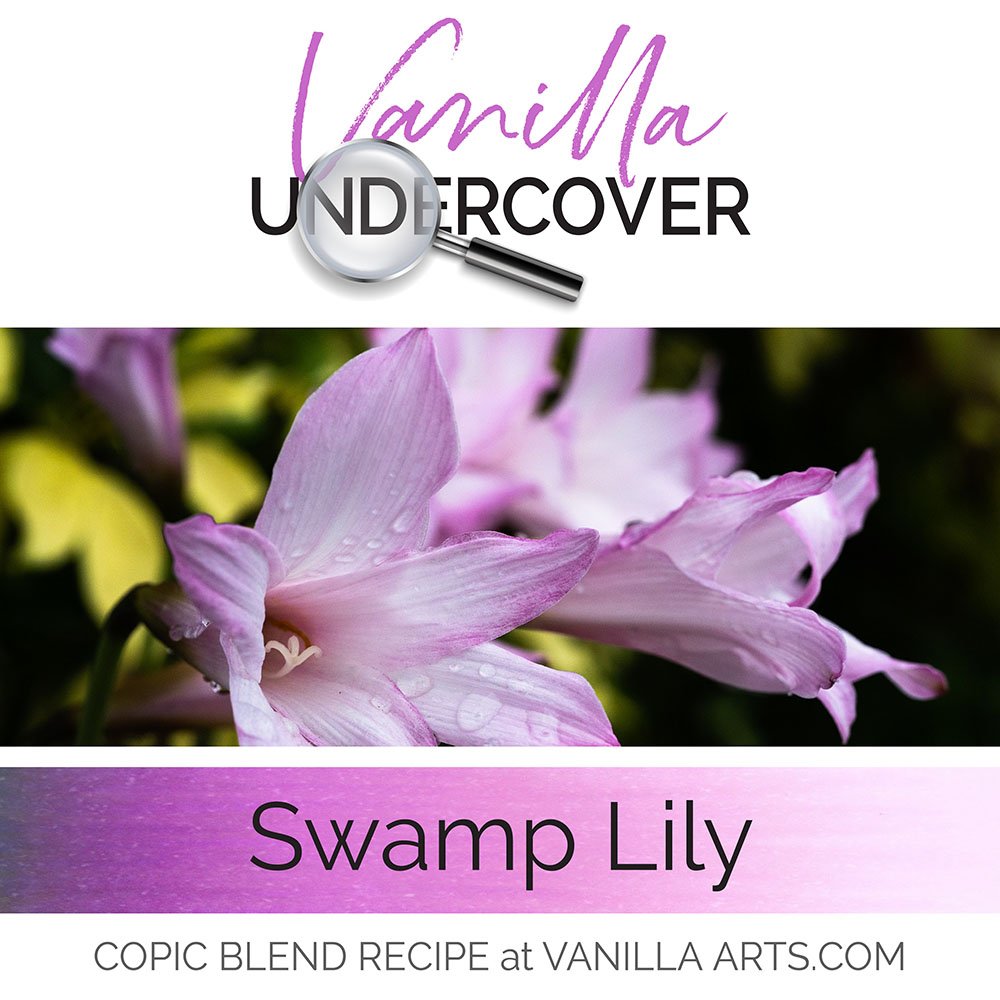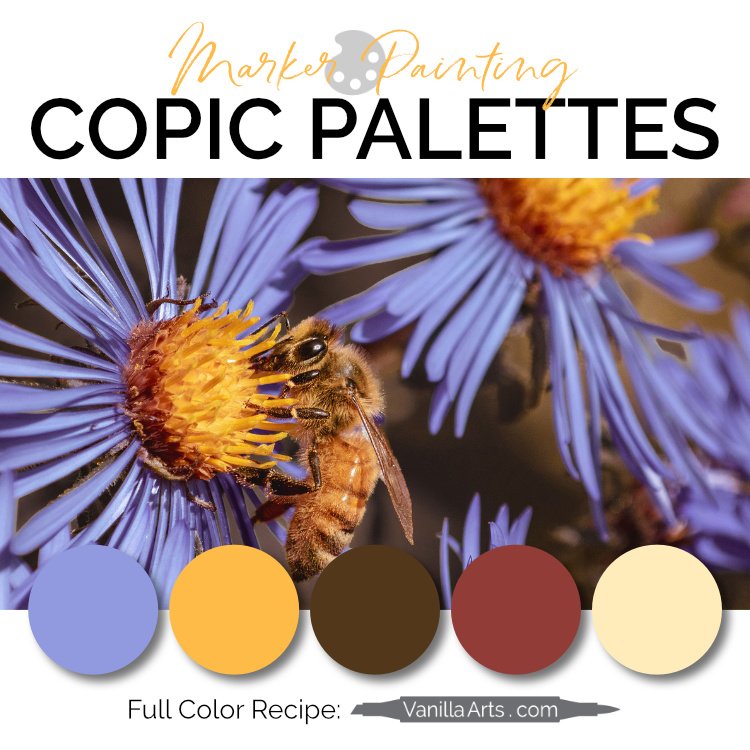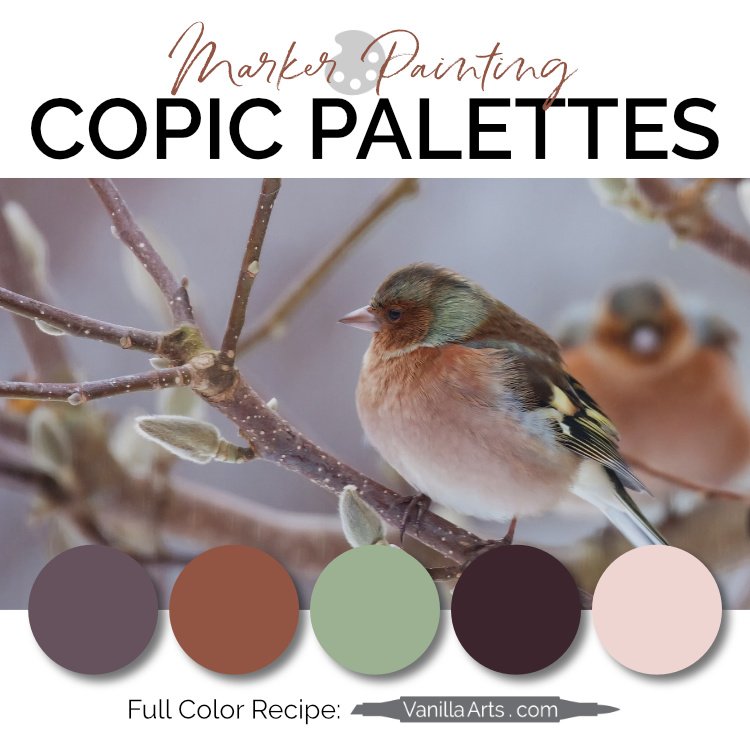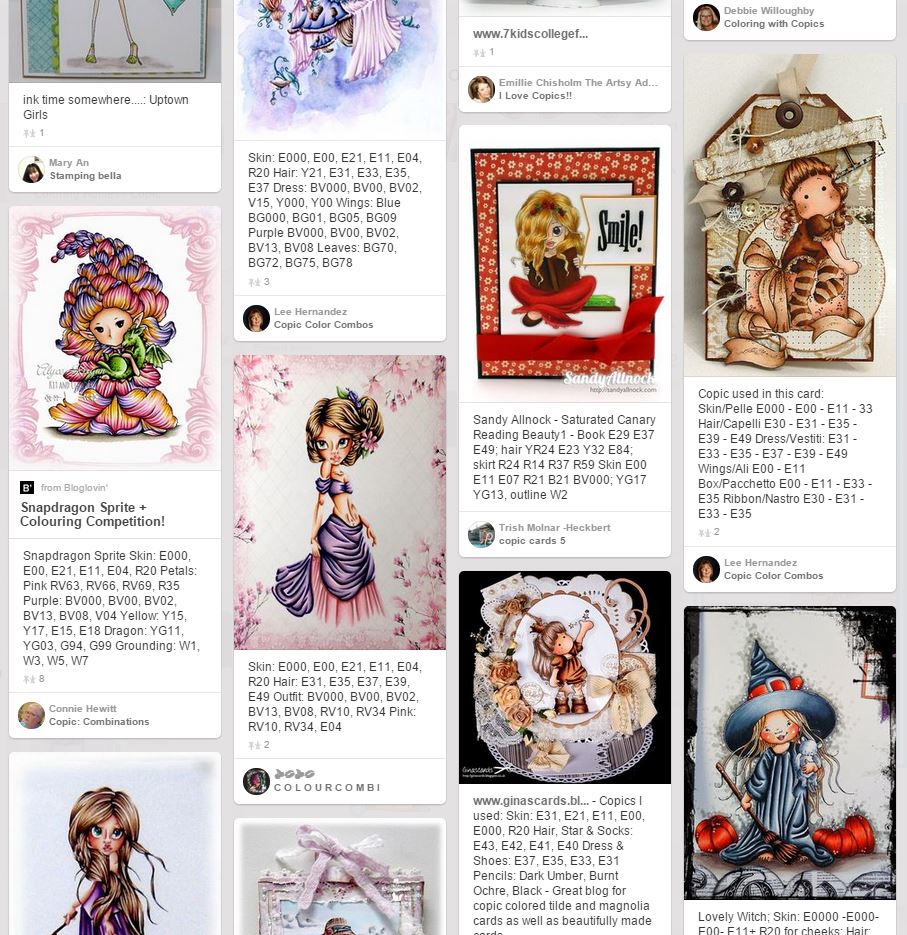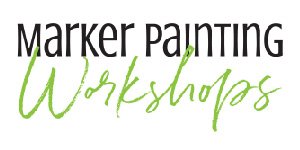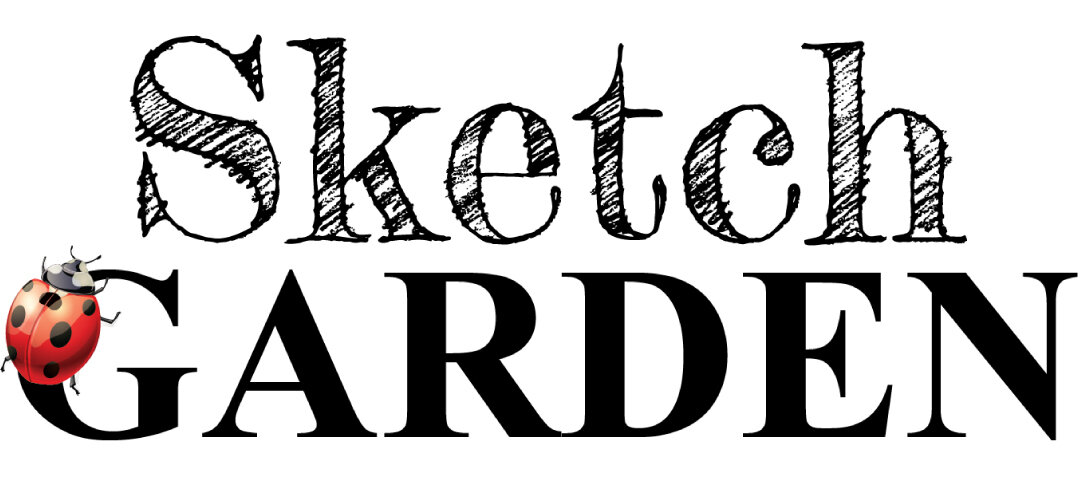Most of my beginners bring Micron pens to class
Even though the supply list specifically states "Copic Multiliner".
Does it matter?
It matters to your artwork!
I'm not a one-tool-works-for-everyone kind of teacher but there is a reason why my Copic Multiliners are worn and well loved while my Micron pens gather dust in a bottom drawer reserved for pencil stubs, old Bic pens, and stray paperclips.
Now I don't rant and rage if someone pulls out a Micron pen in class. I get it- most beginners have used Microns for previous projects and why should you buy a new black pen when you have a bunch of 'em already?
And frankly, it's rare to find a craft shop or art store that carries more than a few stray Multiliners; meanwhile the Microns fly out the door like Olympic sprinters being chased by rabid cheetahs. If you want a Multiliner, you've got to go the extra mile to hunt 'em down.
But in my experience, the two products are not interchangeable. It matters which brand of pen you use.
Four reasons why I do not use Micron pens:
1. Erasers can lift Micron ink
Admittedly, if you never draw & ink your own images, you may never notice this flaw. But trust me, I've banged my head against the wall on more than one occasion.
And it happens on the kind of smooth papers markers like best.
See that light zone down the center of my inking? That's not a creatively placed highlight. That's what happens when you run a white eraser over an area inked with Micron pen. That was 3 passes with a Pentel Hi-Polymer Eraser, a very gentle type of eraser.
With Micron pens, an inker who erases their pencil guide lines has to go back and re-ink the erasure sites to build back up the solid color.
NOT FUN.
2. Copic Ink can cause Micron to bleed
I've seen a few blogs and YouTube videos that claim otherwise. But here's the catch- what paper and what Copic ink are they using?
The brand of paper matters a lot for ink adhesion.
While you can sometimes get away with coloring over the top of Micron ink with your Copics, the Microns really will bleed. It's not a Napoleonic War kind of bloody mess but a bleed is a bleed and it's not a good thing.
All 8 test swatches received 4 passes with Copic colorless blender. The blending solution was loaded into a water brush because I knew what was coming and I didn't want to ruin my colorless blender nib.
The bleeding on both X-Press It and Gina K cardstock was minimal. You can only see it on close inspection and the bleed would be easily missed if I were using a colored Copic ink instead of clear. But the tip of my waterbrush was dark gray which means that your Copic nibs would pick up the Micron ink too.
The bleed was pretty significant on both brands of marker/layout paper that I own. And because I draw all my digi stamps on layout paper, this means no Microns for me!
So if you're using a Micron pen to touch up your stamp or add details, don't run the risk of ruining your project with ink incompatibility. Save the Micron work for dead last!
3. I hate the grip on Micron pens
Okay, this is a personal problem and given that I actually have been struck by lightening, I'll admit that my life has challenges which yours may not.
Whiny baby time: Microns have a sharp ridge right where I hold the pen. That ridge digs into my finger, even though I do not use a death-grip. Call me a wimp but Micron pens hurt!
I signed my name six times on scrap paper and this is the dent it left. That was less than a minute of work. It usually takes me about 20 minutes to ink an image.
No way I'm holding a Micron pen for that long. Not happening.
4. Zero Shades of Gray...
I'm not a fan of black coloring book type lines on my coloring images and even when I do work with a black stamp, I almost always add my own details using a gray Multiliner rather than a black one.
Gray is magical ink; it's a chameleon color. Use a gray pen to add veins to a green leaf or stripes to a green eye and it looks like you used a green Multiliner. Use it over something blue and it looks like you used a blue pen. Gray morphs and changes based upon whatever color is underneath it.
For adding subtle or gentle details, gray is king. It's the only color I grab for drop shadows. Black is harsh and detracting while gray sings beautifully, on key- no matter what the key, every single time.
And guess what?
Micron doesn't come in gray.
<face palm>
Different inks. Different adhesion. Different compatibility. Different housing & grip area. Different color palettes.
This is why I own 28 Multiliners and only 4 Micron pens.
And this is why my class supply lists always specifically call for Copic Multiliners.
You can find my newest favorite Copic friendly fineliners here:







